Clinical Chemistry
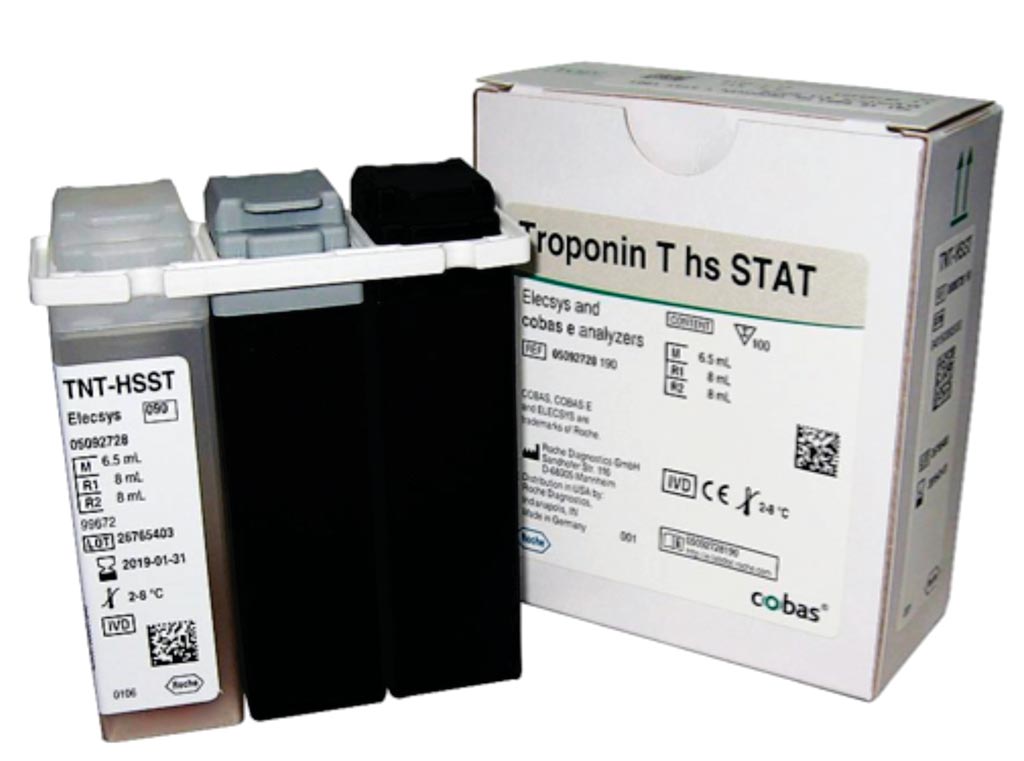
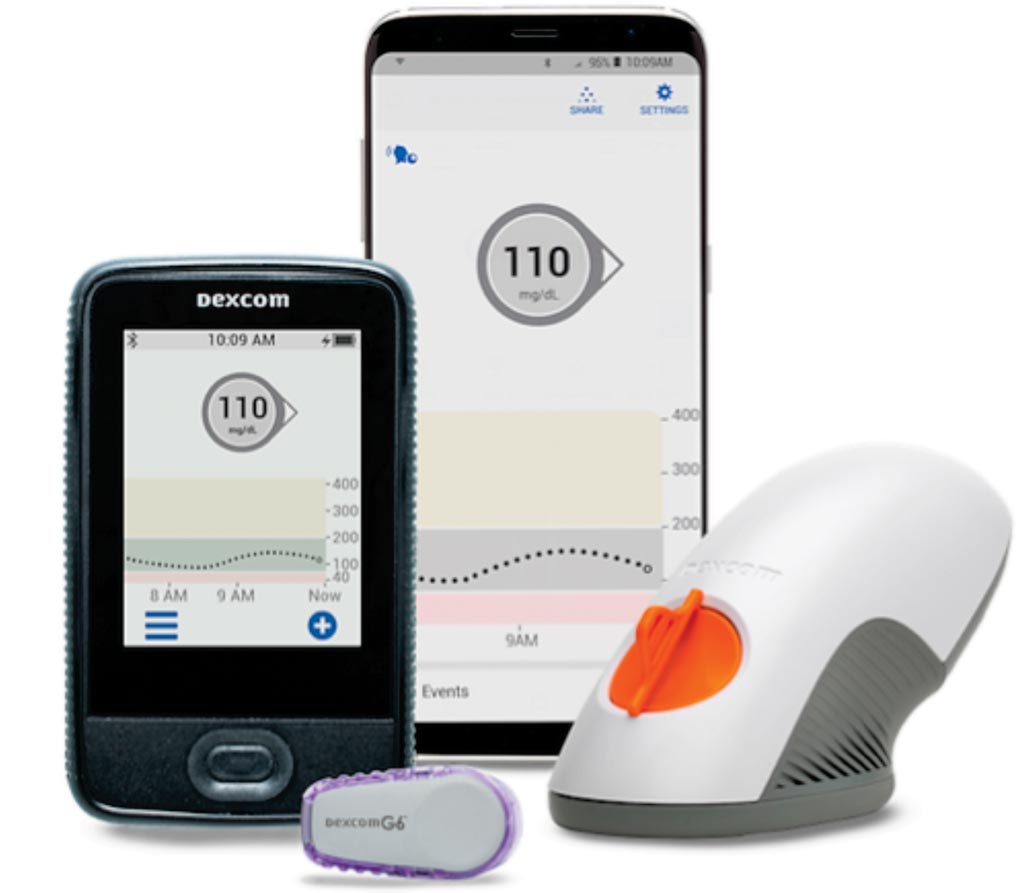
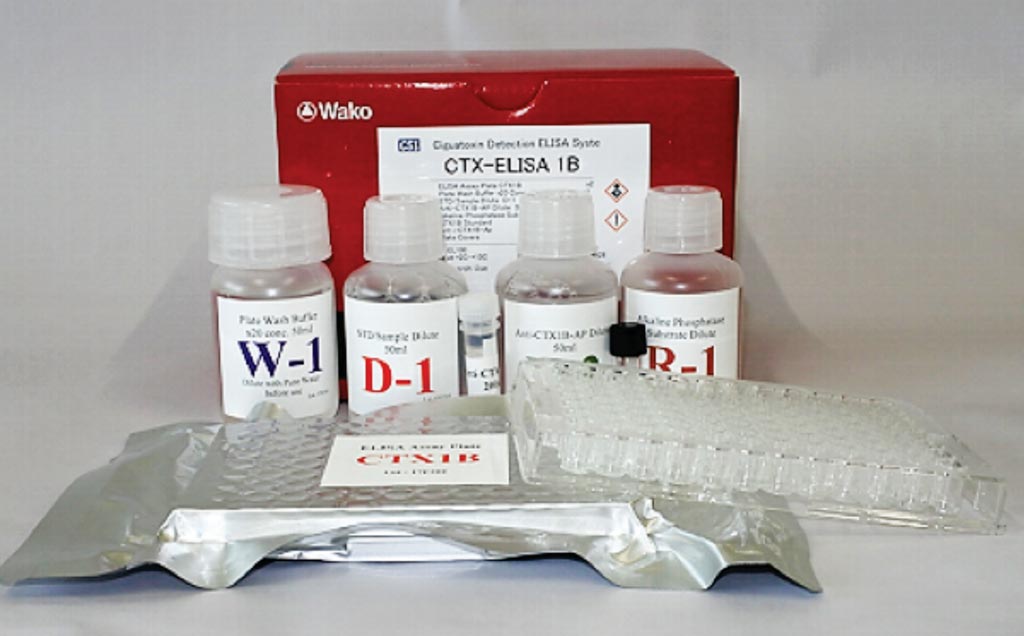

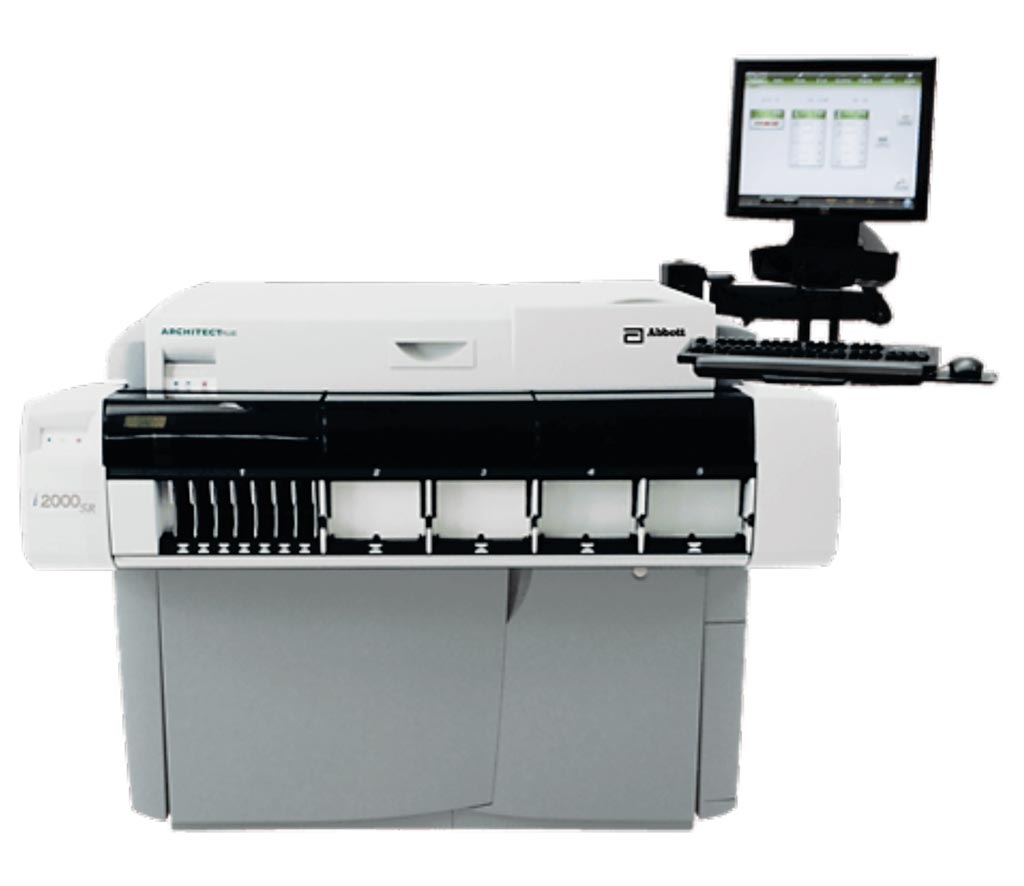
Fifth-Generation Cardiac Troponin Assays Compared
Cardiac troponin I (cTnI) and cardiac troponin T (cTnT) are highly specific biomarkers of myocardial injury. The 99th percentile upper reference limit (URL) of a normal reference population is the recommended threshold which defines an increased cTnI or cTnT plasma concentration indicative for myocardial injury. More...20 Aug 2018
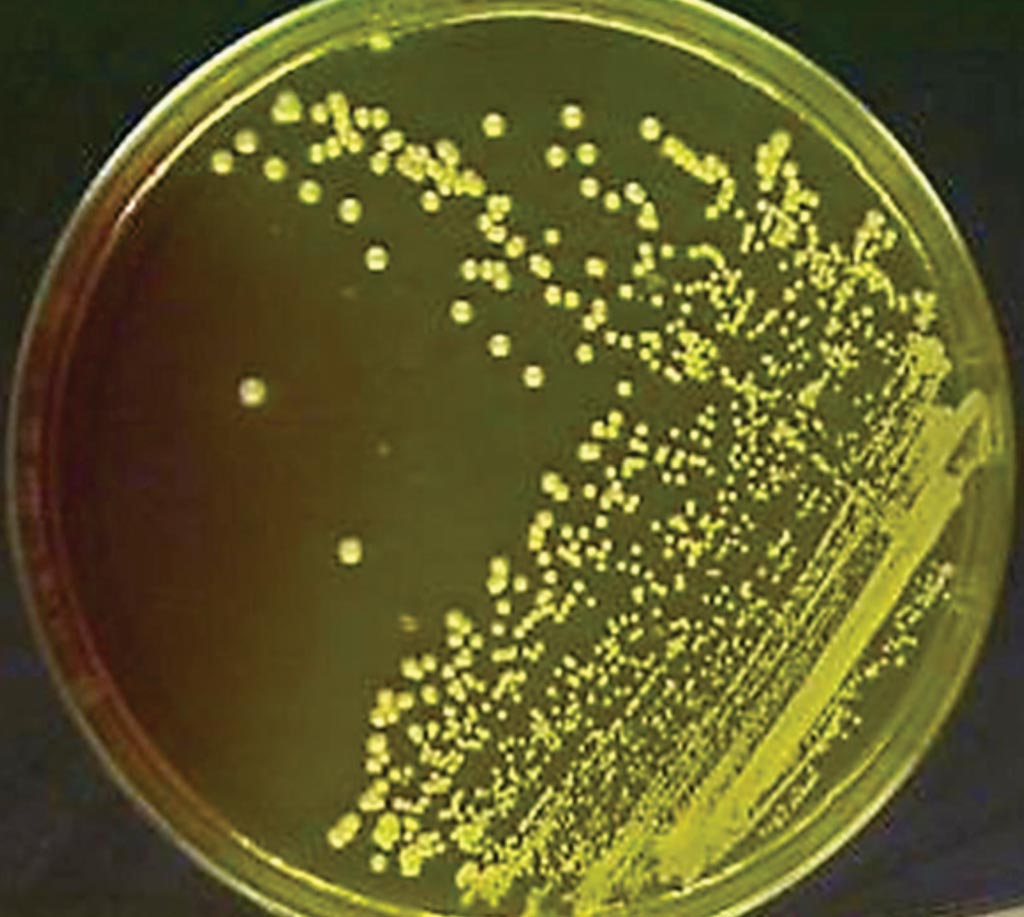
Time To Blood Culture Positivity Predicts Infective Endocarditis
Blood cultures are used to detect the presence of bacteria or fungi in the blood, to identify the type present, and to guide treatment. Testing is used to identify a blood infection (septicemia) that can lead to sepsis, a serious and life-threatening complication. More...16 Aug 2018
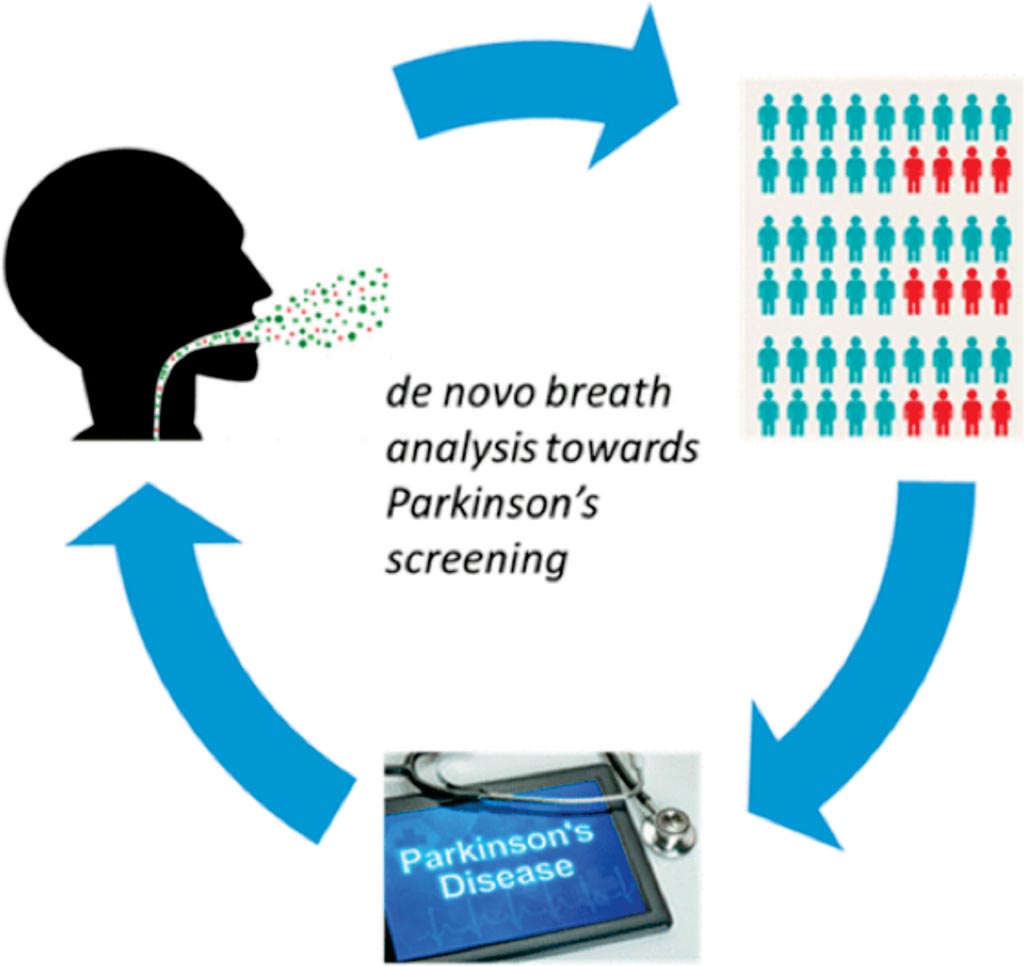
Breath Test Detects Early-Stage Parkinson's Disease
Parkinson's disease (PD) is a degenerative disease that destroys brain tissue and affects movement. It has four main symptoms: stiffness, shaking, slowness, and problems with coordination and balance. Other problems can also develop as the disease progresses, including fatigue, speech difficulties, disrupted sleep, memory problems, and depression. More...15 Aug 2018
In Other News
Test Enables Quick Diagnosis for Rare Hormone Disorder
Diagnostic Tool Created for Hypoglycemia-Associated Autonomic Failure
Mild Brain Trauma Diagnosed with POC Device
Blood Biomarker Indicates Extent of Traumatic Brain Injury
Cancer Risk Assessed by Circulating Protein Biomarker Panel
Leptin to Adiponectin Ratio Predicts Metabolic Function in Obesity
HDL Does Not Always Lower Risk of CV Disease
Saliva Test Could Improve Diabetes Control and Treatment
Transcutaneous Bilirubin Estimated in ELBW Infants
Accurate Test for Chronic Fatigue Syndrome Developed
Urine and Blood Tests Better at Diagnosing Myeloma
Hematological Parameters Predict Severity of Acute Pancreatitis
Obesity Affects Prostate Cancer Test Results
Inflammation Marker Tied to Dementia Increases with Age
Humoral Immunity Disorders Associated with Antibody Deficit
Biochemical Changes in Stored Donor Units Analyzed
Lipid Species Offer Insights into Metabolic Health
New Method Can Quickly and Accurately Detect Infections
Blood Test Predicts Coronary Disease Death Risk
Method Identifies Cancer in Early Onset Diabetics
Vitamin D Levels Linked to Colorectal Cancer Risk
Biomarker Used for Febrile Intracranial Hemorrhage Patients
Genomic Atlas of Human Plasma Proteome Publicized
The Clinical Chemistry channel updates the reader on tests, techniques, and research in the field - from routine assays to specialized tests on blood, urine, enzymes, lipids, hormones and more.







 Analyzer.jpg)


